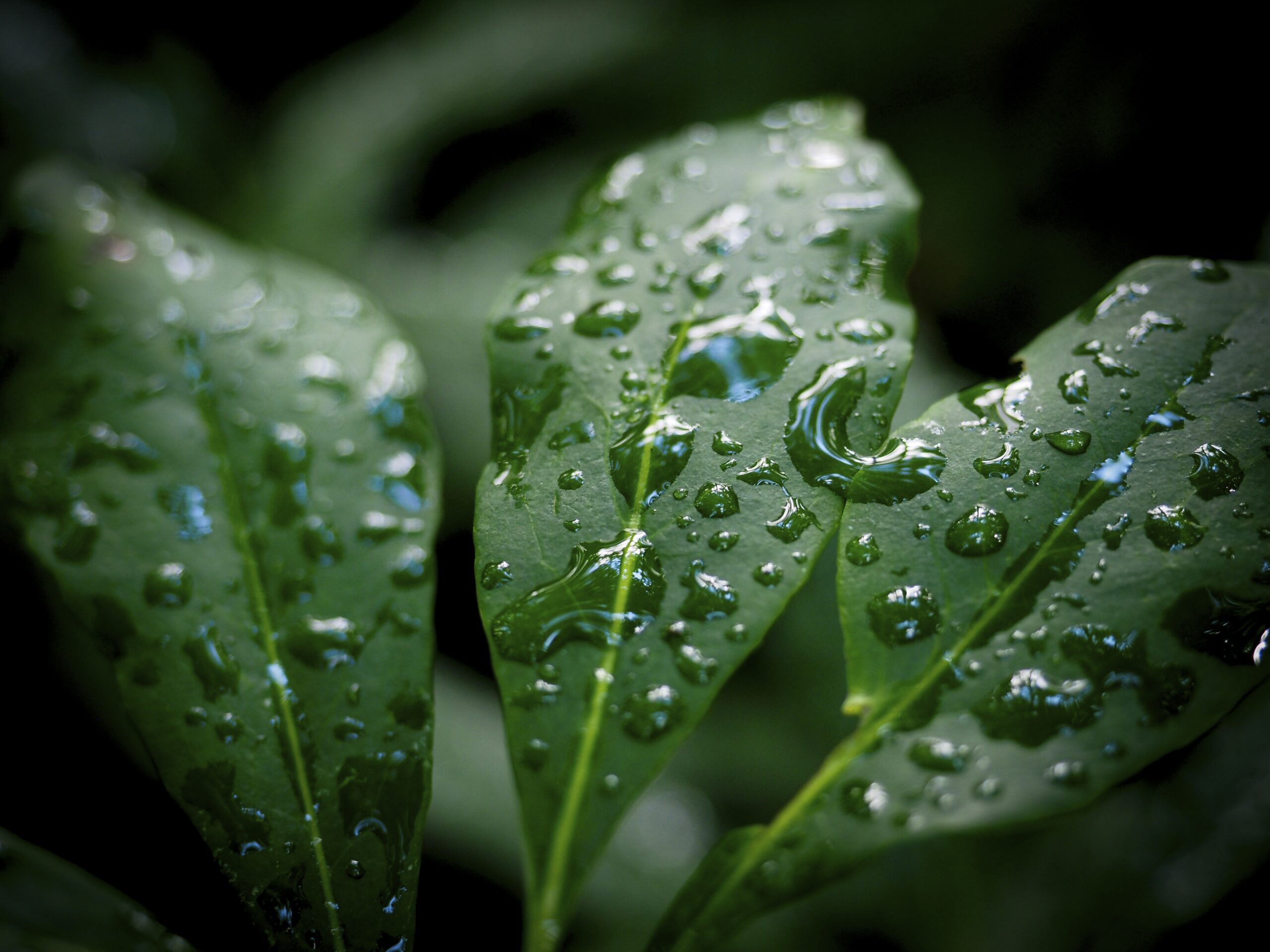Smartphone Sensor Sniffs Out Plant Disease

Plant diseases are responsible for up to 40% of annual global crop losses. Many pathogens spread rapidly and are difficult to identify in the early stages of disease. Now, researchers at North Carolina State University have developed a portable sensor for early detection of Phytophthora infestans, a fungus-like microorganism responsible for late blight, which causes $5 billion in global losses annually (Nat. Plants 2019, DOI: 10.1038/s41477-019-0476-y). The team manufactured cysteine-functionalized gold nanoparticles, which aggregate when exposed to (E)-2-hexenal, a volatile organic compound (VOC) marker of P. infestans infection. They deposited the nanoparticles on paper strips, along with organic dyes that change color in the presence of other disease-signifying VOCs, and used a 3-D-printed smartphone attachment to sample tomato leaf emissions. The resulting phone images have to be analyzed on a computer, says team leader Qingshan Wei, but he hopes to build a mobile interface. The sensor was field-tested on both healthy and infected plants; according to DNA test results, the team’s sensor diagnosed P. infestans infection correctly 95% of the time. Wei hopes one day to build systems that will continuously sample fields for multiple plant diseases.
This article was written by Giuliana Viglione for Chemical & Engineering News.
- Categories: